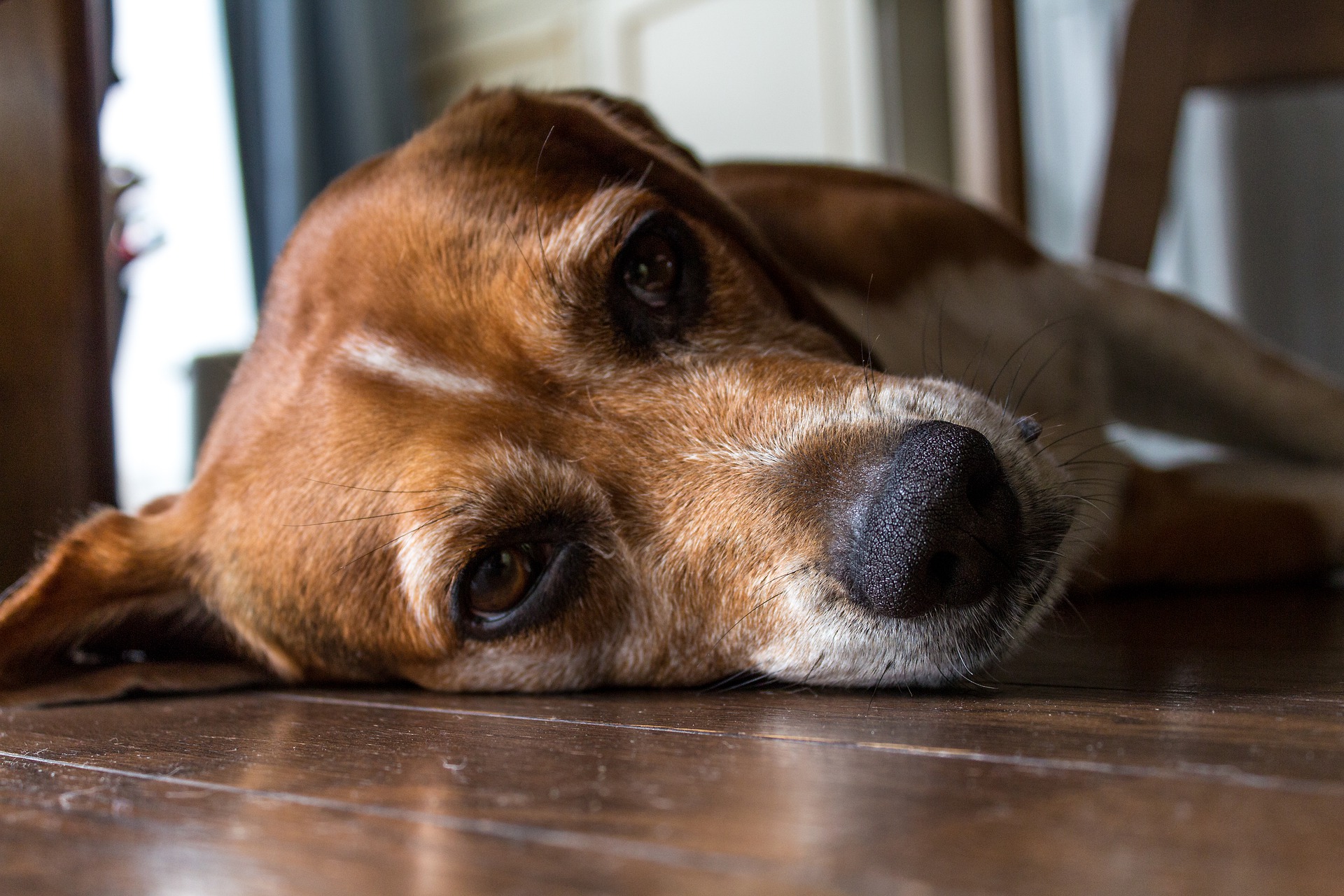Each dog has a mind of their own. While some live to please or have laser focus when given a task, others tend to be stubborn or unable to sustain a good attention span. It’s likely you find that your dog is a model trainee when in the quiet of your home or during training class, but tends to ignore you once distractions are introduced. Odds are your pup isn’t purposefully being difficult–they’re just overstimulated from all of the interesting things going on around them. There are smells to sniff, people and dogs to meet, and small critters to listen for and chase. They may find the distractions more rewarding than the training you’re trying to do, in which case you will not have a successful session. Luckily, there are ways to train even the most distracted or disinterested dog!

First, control the environment. Dogs are more likely to listen at home for a reason–they are familiar with the space, and therefore are willing to focus on their training session. Make sure to train during a time of day when there’s little activity happening, like when the kids are at school and well before or after any packages are delivered. This helps ensure your pup’s attention won’t be broken.
Introduce distracting or rewarding items just a little at a time. For instance, it’s likely a dog will fail if you begin “leave it” training by throwing their favorite toy right past them. Instead, start with lower-priority toys. Set the toy on the ground a few feet away, and move it closer over the course of a few training sessions, each time telling Sparky to “leave it”. Once they can resist that old toy being tossed past them, graduate to the favorite toy and repeat the process. As always, reward with treats–they need to know that there’s a good reason to listen when you give them a command.
If you feel like the starting points for behavior training are excessively simple, good. You want to start with very easy tasks that you are confident your dog can accomplish. You shouldn’t give your dog a command without being sure they understand and are capable of acting accordingly. You want them learning that concentrating on you is better than any distraction; when you give them a command and they ignore you, they’re instead just picking up that bad habit. Move slowly in your training and you should have a good, confident listener on your hands.
Slowly add in different factors. When first beginning “leave it”, for example, it’s a success when your dog ignores the object for just a few seconds. Don’t try to make them wait for an extended period of time, or while you back up and distance yourself. Work first on establishing the ability itself, then add in different challenges that make it harder.
Reward your pup according to the challenge you’re giving them. If what you have to offer is less exciting than exploring the distraction, your dog will choose to ignore you every time. In the home, you can probably get away with just using kibbles. But when practicing difficult behavior, such as recall when outdoors, you should use the highest-value rewards–think a bit of chicken or liver. These tasty treats will beat sniffing a tree or chasing a squirrel any day for most dogs.
If you have a disinterested dog, or have encountered any other type of training challenge – call Gulf Coast K9 Dog Training. We will help you to peak their interest and begin to enjoy interaction with you.




